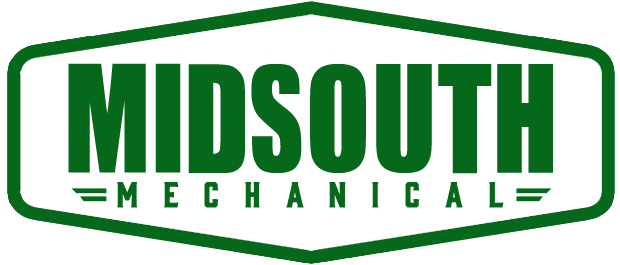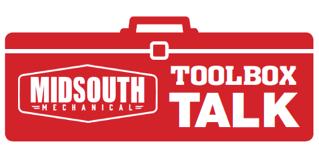Studies show that one crane accident occurs for every 10,000 hours of use in the United States.
Here is an Example
Ed was in charge of receiving materials and having them safely unloaded at the construction site. The delivery was late and to speed things up, Ed did not fully extend the outriggers on his truck crane. As a result, the load caused the crane to tip over. The falling materials nearly crushed two other workers. The tipping of the crane caused injuries to Ed. He was hospitalized for 3 days and off work for 2 weeks recovering.
- How could this incident have been avoided?
- Do you know someone injured by a crane collapsing or tipping over?
- Always use the crane manufacturer’s load chart provided for each crane.
- Be sure you know or can calculate the weight of each load.
- Never use visual signs of tipping as an indicator of lift capacity.
- Before beginning a lift:Follow the manufacturer’s procedures for proper outrigger deployment to ensure that cranes are set up and level.
- Make sure outrigger pads are supported on firm, stable surfaces before beginning a lift.
- Check the condition of the ground and blocking materials often when multiple lifts are being made from one location, such as during duty cycle operations.
- Avoid moving suspended loads over workers and others within the crane’s swing radius.
- Check the manufacturer’s maximum wind speed for the crane to ensure that the crane can lift the load in windy weather.
Midsouth Mechanical has been doing business for over 25 years. We offer our industrial clients efficient and cost-effective fabrication, modification, and repair of industrial equipment. From preventive plant maintenance, designing, installing and aligning machines, our exceptional skill and craftsmanship set us apart from the competition. Our number one priority day to day is safety. To see our published weekly Toolbox Talks, follow us on LinkedIn, Twitter, or Facebook.


